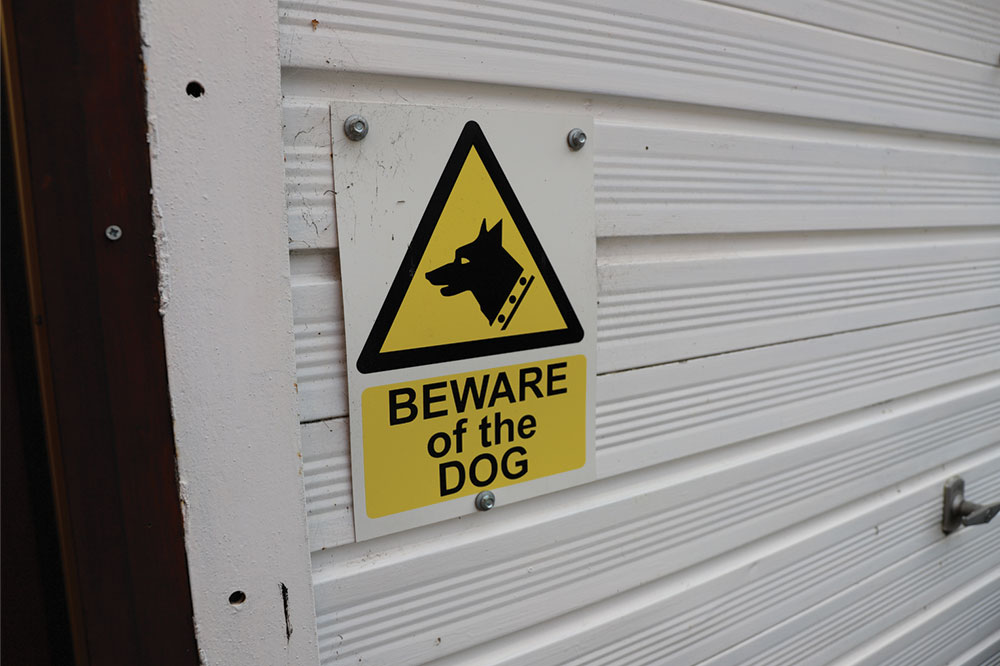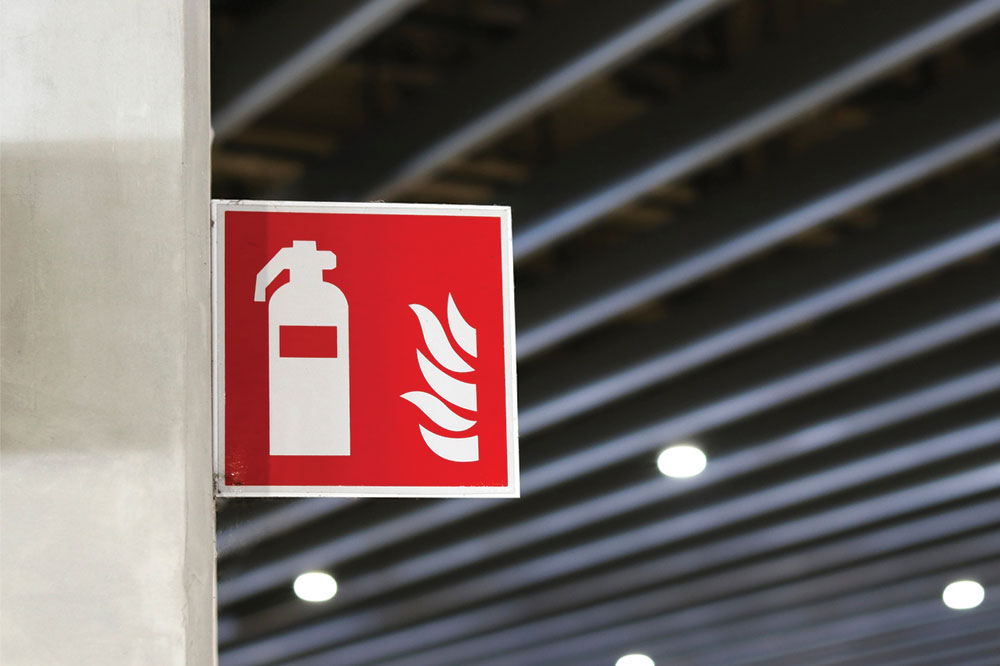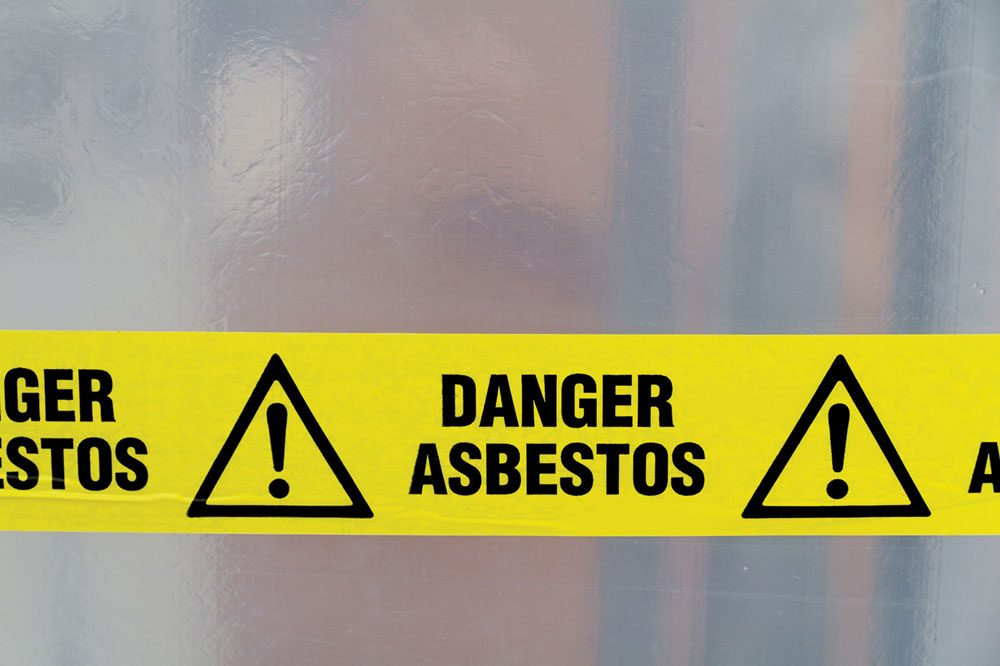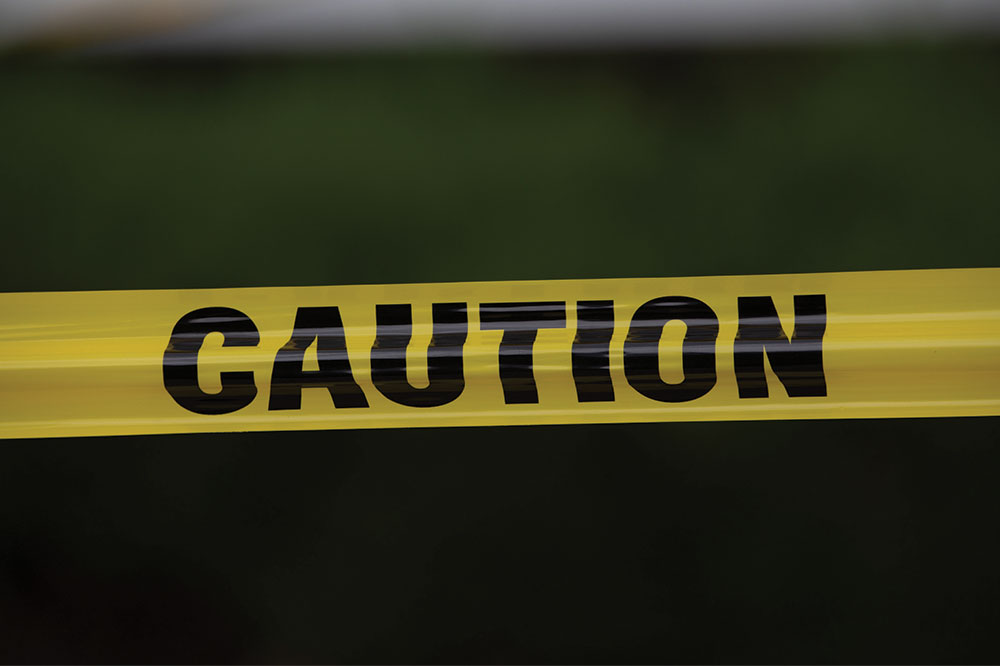Essential Strategies for Effective Safety and Security Signage
This article provides practical tips on designing and placing safety and security signs effectively. It highlights the importance of proper assessment, placement, clear graphics, and staff training through mock drills. Implementing these strategies enhances safety protocols and minimizes risks in workplaces and homes. Designed for safety professionals and facility managers, these insights aim to improve hazard communication and ensure quick understanding of safety messages, ultimately creating safer environments for everyone.

Essential Strategies for Effective Safety and Security Signage
Properly designed safety and security signs play a vital role in alerting individuals to hazards, rules, or dangers. These signs are key components of any safety protocol, but improper placement or design can reduce their effectiveness. To ensure your signs deliver their message instantly, consider these essential tips:
Assess your environment thoroughly
Identify potential risks in your workspace or home by examining all areas. Consulting colleagues or safety experts can help uncover hidden hazards that may otherwise be overlooked.
Position signs accurately
Place safety and security signs where they are most visible and accessible. Signs should be installed at a safe distance from hazards, ensuring they are clearly seen. Avoid obstructions and consider using reflective materials for visibility in low light conditions.
Incorporate clear graphics
Design signs with simple, universally understood symbols and diagrams. Visual cues help communicate messages quickly and effectively, minimizing misunderstandings among all viewers.
Communicate messages clearly
Use concise language and vivid images to convey instructions. Whether it’s “Keep Clear” or “Stop Operation,” the message should be straightforward to prompt immediate action.
Practice with a mock drill
Complement sign installation with workplace drills. Engaging staff in simulated scenarios helps them understand sign meanings and encourages prompt, correct responses to hazards.
These guidelines serve as a practical reference for deploying effective safety and security signage. While signs alone can’t eliminate risks, they substantially reduce hazards and guide safe practices.









